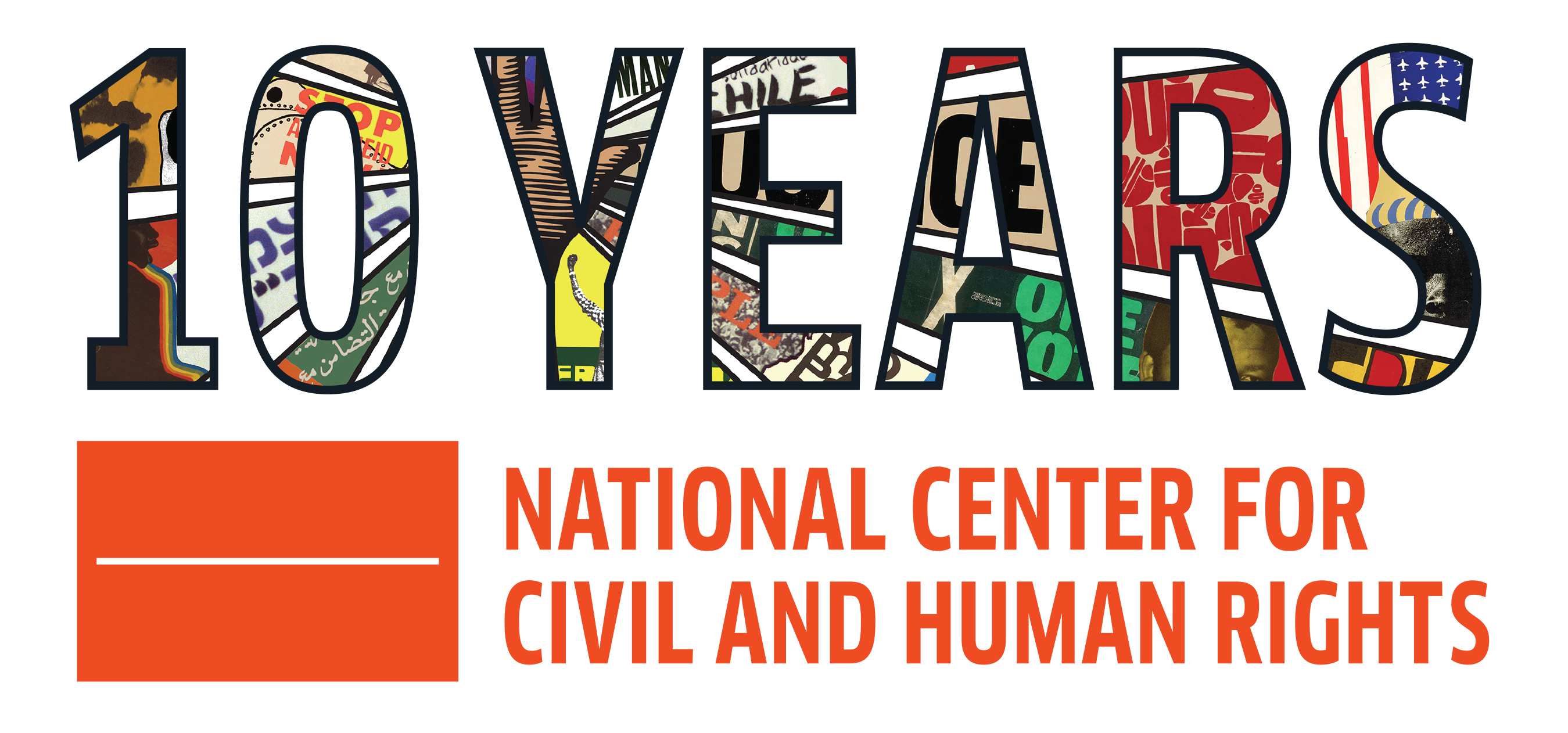What’s in a Name?
Author of this blog post, Kelly Crosby, is a Gallery Assistant at the Center for Civil and Human Rights.
What’s in a name? Apparently, everything. I’ve had many interesting conversations with visitors as a gallery assistant. One day, I was in the Morehouse Martin Luther King Jr. Collection with a group of grade school students. We currently have on display original documents detailing the correspondence between Dr. Martin Luther King Jr. and various African leaders and activists. Inside one of the display cases is a party invitation from Ghana.
One of the students, a young girl, approached me with a very thought-provoking question. “Why does the party invitation say, “Mr. Martin Luther King and Mrs. Martin Luther King?” I explained to her that in those days, when a woman married, she was often referred to by her husband’s full name. I also explained that it was a common practice. I could only describe the look on her face as incredulous.
For a grade school girl, she couldn’t understand why a woman would be obligated to change her name. She also didn’t understand why she would be referred to by her husband’s full name. But that short conversation made me think about women’s identity and how it has been shaped and molded in American culture.
For most of human history, at least in most Western societies, women were expected to take their husband’s last name; signaling the abandonment of her “maiden” status for her new marital identity and allegiance to her husband’s family. For us, in our modern-day society, where feminism and women’s rights are common topics, these documents are stark reminders of a not-too-distant past. In the 1970s, the trend of hyphenated names appeared and gave women more options in choosing how to express their identities. Our culture still reflects these trends.
While most American women still change their names upon marriage, joined surnames of the wife and husband, are a popular option. It is no longer an assumption that a woman will take her husband’s last name but a choice. Such choices reflect the woman’s choice to shape her own individual identity. And in some states, like California and Georgia, men can legally change their last names on the basis of marriage.
Because of these changes, we know Mr. King’s wife as Coretta Scott King. In her book, “My Life, My Love, My Legacy,” she says, “Most people who have followed my career from afar, or even given me a second thought, know me as Mrs. King: the wife of, the widow of, the mother of, the leader of. Makes me sound like the attachments of a vacuum cleaner. In one sense, I don’t mind at all. I’m proud to have been a wife, a single parent, and a leader. But I am more than a label. I am also Coretta.” Because of her husband’s famous legacy, many forget that she was a great civil rights activist in her own right. Our center is a beneficiary of her effort to preserve her husband’s important documents. She continued her efforts to fight for racial equality and was active in the women’s rights movement. She was also a major critic of South African apartheid and an advocate for LGBT civil rights.
The efforts of women and men to struggle for women’s rights has made it possible for us to see women as autonomous individuals in their own right—not simply as someone’s mother or wife. Prior to this, the efforts of women like Coretta Scott King, Diane Nash, Claudette Colvin and Dorothy Height were often overshadowed by the men they worked along side with. We have been able to look back and reexamine history to see these women as crucial to the American Civil Rights struggle rather than women on the periphery of that movement. We’ve come a long way but still have a long way to go before all woman can be respected and valued as individual human beings.

